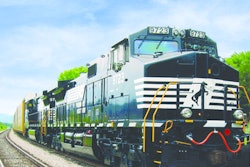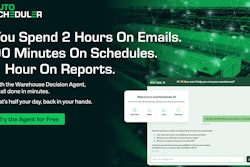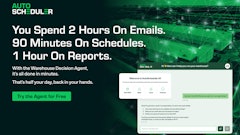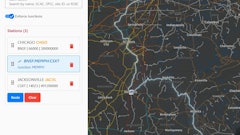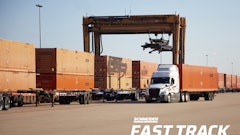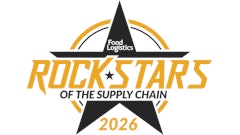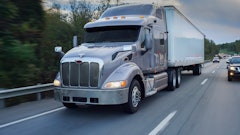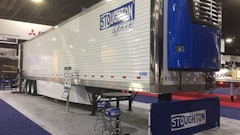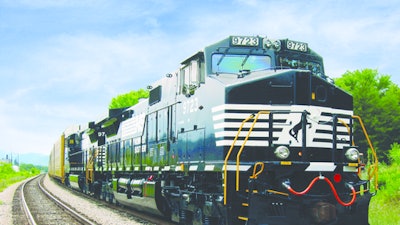
For agricultural and food processing shippers who own or lease their own railcars—or receive shipments in them—there’s a hidden supply chain challenge that’s costing time, money, and efficiency: carload detention.
While demurrage fees—assessed by railroads for delays in loading or unloading at rail-served facilities—are well-known, carload detention is a different issue altogether. It arises not from delays at railroad terminals but from customers holding privately owned or leased cars beyond their agreed-upon “free time.” And unlike demurrage, which is often governed by railroad tariffs, detention charges are negotiated directly between the shipper (car owner or lessor) and the consignee (recipient of the goods).
What is carload detention?
Carload detention occurs when a railcar owned or leased by a shipper remains at a customer’s facility longer than the time specified in their service agreement. For example, if a grain shipper delivers cars to a food manufacturer who has five days to unload and return them, any delay beyond that may trigger detention charges.
This system is typically built into broader commercial contracts and is used to incentivize faster turnaround. While demurrage might allow only 24-48 hours of free time, detention often permits 5-10 days, recognizing the operational realities of non-railroad-controlled facilities.
Still, once that grace period expires, fees—ranging from $50-250 per day—can rack up quickly, especially for high-volume or slow-turnover locations.
The pain points for food shippers and receivers
For shippers, delayed car returns mean more than lost time—they create real supply chain bottlenecks. If a shipper’s cars are stuck at a consignee’s plant, they can’t be turned quickly enough to support other outbound shipments. This ties up capital and limits the shipper’s ability to serve other customers, directly affecting revenue and efficiency.
Receivers, on the other hand, struggle with visibility. Without a dedicated tool, it’s difficult to track which cars are accruing detention, when they were placed, or how long they’ve been dwelling on-site. Prioritizing cars for unloading and auditing detention invoices against contractual terms becomes a manual and error-prone process.
Detention is typically between Company A and Company B—not between the railroad and the customer. That makes it less visible, but no less painful when problems arise.
Technology makes detention management easier
Until recently, managing detention meant wading through spreadsheets, paper contracts, and event data from multiple sources. Now, advanced software platforms make it possible to automate much of the process.
These tools allow shippers and receivers to input contract terms (free days, daily rates, conditions for loaded vs. empty cars, etc.) and then match those rules to real-time railcar location data. Alerts can be triggered as deadlines approach, and dashboards can provide KPIs such as average dwell time, number of late releases, and expected detention costs by location.
Certainly, this visibility isn’t just about avoiding fees. It opens the door to better planning and more informed conversations between supply chain partners.
Some users want to use tracing data not just to bill for detention but to start conversations with their customers. They don’t want to charge fees—they want their cars back. If a particular location keeps falling short, they can use this data to work together on a fix.
Real benefits for food and ag companies
Although current users of detention tools skew toward sectors like asphalt, biodiesel, and aggregates, there are obvious applications in food and agriculture, particularly in seasonal shipping environments where fast turnaround is critical.
A few examples of how detention data can drive value:
- Inventory planning: Knowing when a car is due—or overdue—can help plant managers adjust labor schedules or prioritize incoming loads.
- Cost reduction: Avoiding detention not only prevents fees but improves car utilization, allowing shippers to reduce their leased fleet size over time.
- Customer service: Faster unloading means fresher product and fewer disruptions—especially important in temperature-sensitive food shipments.
- Contract negotiations: Historical detention data enables shippers to renegotiate terms based on real-world performance, improving future alignment.
And as AI and machine learning become more embedded in logistics platforms, tools could soon predict detention risk before it happens, flagging facilities or lanes that are trending toward delay.
An overdue conversation
Despite its impact, carload detention often flies under the radar. Many logistics teams assume that if their demurrage charges are under control, they’ve addressed the issue. That’s not the case.
There’s no standard playbook here. Every contract, every customer, every railcar delivery can have different terms. Without a tool to manage it, you’re just hoping things work out.
Detention charges may not show up in every quarterly report, but they’re quietly eroding margins, disrupting schedules, and damaging customer relationships across the ag and food logistics sector. With technology now making it possible to shine a light on this once-hidden cost, it’s time for shippers and receivers alike to get proactive.
After all, railcars don’t make money sitting still—and neither do supply chains.




